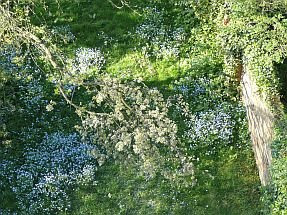
Swine flu is the headline de jour this week. It’s been the leading story in print and broadcast since the weekend. I must admit that it all sounds like hype. The tone and urgency of each report reminds me of the Severe acute respiratory syndrome (SARS) crisis in Asia. Between November 2002 and July 2003, 8,096 known infected cases were reported in 37 countries, resulting in 774 deaths (a case-fatality rate of 9.6%).
At the time I was managing my company’s Asia Pacific network. For months headlines across Asia screamed “panic”, with some reports claiming a 20% death rate among those infected. Business activity stalled for at least a quarter before the crisis was over. As the hype died away, it became clear the disease wasn’t highly infectious and hasn’t reappeared since.
Tonight the World Health Organisation (WHO) has raised its pandemic alert level to five, one notch short of a full-blown global pandemic. A phase five alert means human-to-human transmission is occurring in at least two countries. News reports claim at least 150 people have died in Mexico. One toddler has died in Texas, the first such case beyond Mexico. However, it’s difficult to determine from current reports if this death rate is higher than the average flu virus.
The only factor that currently seems different is that the young (aged 20-50) rather than the elderly are at greatest risk. It also clear that unlike SARS, the virus is easily passed between humans. In scene that resembled Asia in 2003, Mexican authorities have shut down bars, cafes, gyms, cinemas and tourist sites; including the world-famous Mayan pyramids that Garry and I visited last Summer.
Despite these precautions, in an era of regular, discounted air travel the virus is spreading rapidly. The UK now has five confirmed cases, Austria has one and the USA has 91. Most are linked to travellers returning from Mexico. The UK's first two confirmed cases were a honeymoon couple leaving Cancun, while the latest patient is a 12-year old girl travelling on their return flight.
The UK Government claims it’s prepared for the worst. Enhanced airport checks have been introduced, anti-viral stocks expanded from 35 million to 50 million within four weeks, extra face masks ordered and an information leaflet printed for every household. We can expect to receive our copy of the Swine Flu leaflet within days. I guess a global pandemic is a welcome change from months of global financial crisis doom and gloom.























































